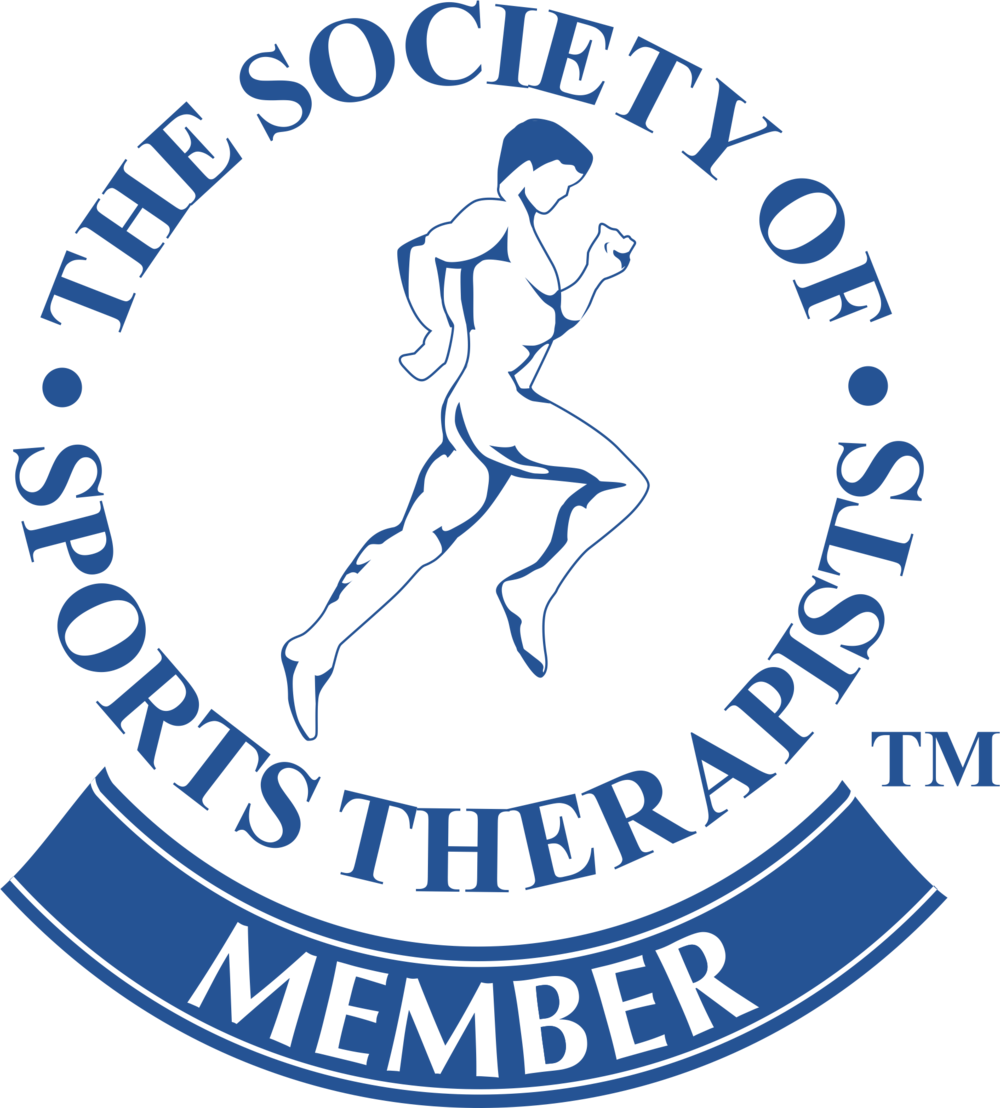Most if not all adults will experience some kind of shoulder pain in their life. It is the third most common cause of musculoskeletal consultation in primary care, meaning it effects countless peoples and their quality of life.
Shoulder pain can lead to lack of sleep, the inability to properly perform tasks at work, lack of motivation to exercise and many psychological conditions such as depression and anxiety.
So, it is important that you can understand shoulder pain to prevent it from becoming serious and effecting your quality of life.
Rotator cuff tears
Your rotator cuff is a group of muscles that control the majority of movements at your shoulder joint with their main focus on… yes rotation. However, this doesn’t mean in a torn rotator cuff only rotational movement will aggravate them.
Symptoms of rotator cuff tears
- Pain in your shoulder when lying on it.
- Pain when moving your shoulder, especially overhead or out to the side
- Often pain effects daily life and activities
- Weakness in the arm and shoulder
Who does it effect and why?
Athletes- Mainly ones that perform repeated overhead movements in racket sports, cricket or baseball. Tears in these athletes rotator cuffs can come from overuse of the shoulder causing a build-up of micro tears which weakens the muscle leading to a severe tear.
Elderly population – As we get older unfortunately normal age related muscular degeneration sets in meaning muscles are weaker and natural ‘wear and tear’ sets in. This leaves you at higher risk of over overloading and tearing the rotator cuff.
People who experience trauma- If the rotator cuff tears are not caused through degeneration or micro tears then they are most likely developed through a traumatic event. This can be anything that caused the area to become overloaded such as falls or sporting injuries.
What to do if you suspect you’ve torn your rotator cuff?
First off, get any shoulder pain you’re worried about checked out here. A health care professional can determine the severity of your rotator cuff injury.
Depending on the severity of your symptoms the first thing to do is avoid aggravating activities. Allow the shoulder to rest however we don’t want complete rest. If the muscle is damaged it needs rest alongside gentle stimulus to begin the healing process within the muscle.
Our top 3 acute (early) rotator cuff tear exercises:
Rotator cuff tendinopathy/tendinitis
Rotator cuff tendinopathy is an over use injury to the tendons of the rotator cuff. This can occur from mechanisms outside or inside of the tendon such as:
Extrinsic factors (outside)
Compression- Tendons can become compressed due to weak or tight muscles that effect the movement patterns of an individual. Anatomical differences of shoulder bones or the shoulder blades (scapulae) effect someone’s ability to perform certain movements which can lead to compression.
Tensile load- This is basically how much stress the tendon is being put under. If this is too high and the tendon can’t recover it can begin to degenerate and lead to a tendinopathy.
Intrinsic factors (inside)
Degeneration- Tendons will naturally degenerate over time due to age. This causes them to become stiffer meaning they can tolerate less stress, putting them at high risk of being overloaded.
These factors are however commonly linked by overuse. This is where the amount of load put through the tendon is increased too quickly eg. increasing the amount of exercise you are doing without giving the tendon time to rest and adapt.

Symptoms of rotator cuff tendinopathy
- Pain when lying on your shoulder
- Pain when lifting your arm overhead or to the side
- Weakness in the arm or shoulder
- Pain that has gradually gotten worse with time.
- Pain that is sometimes worse in the morning.
Who is does it effect and why?
Elderly population- as previously mention as you age your tendons become stiffer meaning they are at a higher risk of being overloaded.
Athletes that perform repetitive arm movements- This put them at higher risk of not getting adequate rest, leading to their tendon being overused.
People with demanding occupations- Certain occupations that involve heavy load, awkward postures, repetitive arm movements and lack of rest can put them at high risk of overusing or compressing the tendons in the shoulder.
What to do if you have rotator cuff tendinopathy?
Once your diagnosis is confirmed by a healthcare professional, rest the shoulder from any aggravating activity. This gives the tendon time to recover and is the perfect time to begin improving the range of movement and strength of it with low level exercise.
Depending on the reason for your rotator cuff tendinopathy different exercises will be prescribed by your healthcare professional. Exercises will most likely be focused on loading the tendon slowly and reducing any potential compression on the injured tendon.
Our top 3 exercises for rotator cuff tendinopathy
Osteoarthritis
Osteoarthritis is a condition that can affect all joints within the body. It is a degenerative disease that can develop through natural wear and tear of the joint. This leads to the degeneration of the cartilage at the joint.
Common symptoms of shoulder osteoarthritis
- Crepitus (creaking/crackling) with movement of the shoulder
- Night pain
- Pain in the shoulder even at rest
- Joint swelling
- Pain that is deep within the joint that gets worse with activity
Who does it effect?
Elderly population- Aging is one of the main risk factors for shoulder osteoarthritis. This is mainly down to the fact you’ve been alive longer therefore had more time for wear and tear to occur. As well the density of your cartilage and its response to growth factors start to diminish as you age meaning its more vulnerable to damage.
People suffering with obesity- Without getting too complex it is suggested that adipose fat (body fat) can lead to an increase in chemicals that promote low grade inflammation which effects the joints.
People who excessively exercise or have high demand jobs- Excessive load on the joint can increase the risk of wear and tear at the joint surface. Conversely, lack of exercises and movement increases the risk of joint damage as muscles will become weak providing less support for the joints. So, it is important to find the sweat spot with exercises and activity. ACSM and CDC recommends 150 minutes of moderate intensity aerobic exercise and two days of muscular strength activities per week.
Previous injuries/ surgeries- The most common of these is seen with shoulder dislocations followed by corrective surgery. This is mainly down to changes is joint movements as well as direct damage to the joint in injury.
What to do if you have shoulder osteoarthritis
Depending on the severity of your osteoarthritis you may be referred to an orthopaedic surgeon or a physical/sports therapist to discuss your options. The therapist will provide you with exercises that will help improve your range of movement and strength.
Heres our top 3 exercises for shoulder osteoarthritis
How can I prevent shoulder pain?
Although sometimes inevitable due to accidents/trauma shoulder pain can be avoided if the shoulder is kept strong and mobile through exercises. This will raise the tolerance of your shoulder meaning it will be able to withstand much more use over the years. When performing preventative exercises for the shoulder we want to focus not only on the shoulder but also the shoulder blade and upper back as they will help to control healthy movements patterns.











